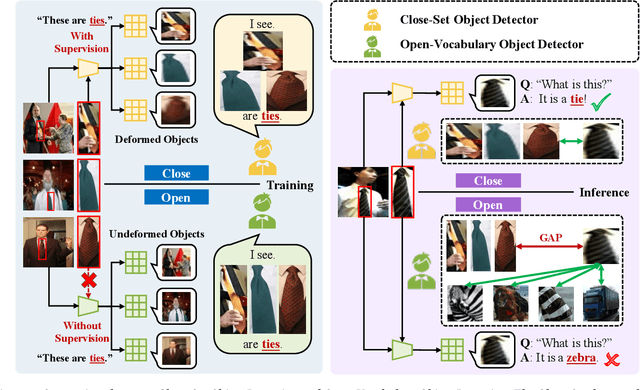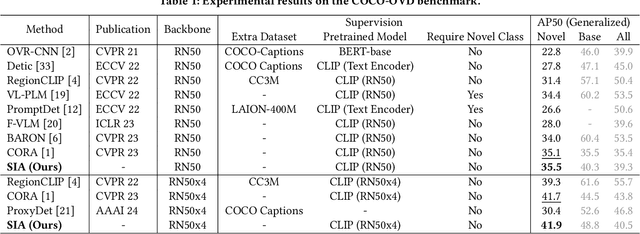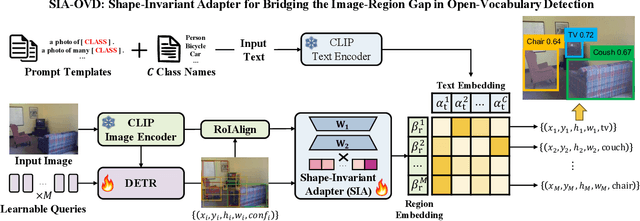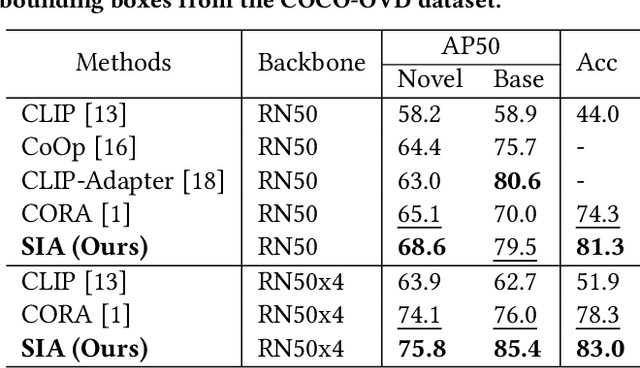Zishuo Wang
BATseg: Boundary-aware Multiclass Spinal Cord Tumor Segmentation on 3D MRI Scans
Dec 09, 2024Abstract:Spinal cord tumors significantly contribute to neurological morbidity and mortality. Precise morphometric quantification, encompassing the size, location, and type of such tumors, holds promise for optimizing treatment planning strategies. Although recent methods have demonstrated excellent performance in medical image segmentation, they primarily focus on discerning shapes with relatively large morphology such as brain tumors, ignoring the challenging problem of identifying spinal cord tumors which tend to have tiny sizes, diverse locations, and shapes. To tackle this hard problem of multiclass spinal cord tumor segmentation, we propose a new method, called BATseg, to learn a tumor surface distance field by applying our new multiclass boundary-aware loss function. To verify the effectiveness of our approach, we also introduce the first and large-scale spinal cord tumor dataset. It comprises gadolinium-enhanced T1-weighted 3D MRI scans from 653 patients and contains the four most common spinal cord tumor types: astrocytomas, ependymomas, hemangioblastomas, and spinal meningiomas. Extensive experiments on our dataset and another public kidney tumor segmentation dataset show that our proposed method achieves superior performance for multiclass tumor segmentation.
SIA-OVD: Shape-Invariant Adapter for Bridging the Image-Region Gap in Open-Vocabulary Detection
Oct 08, 2024



Abstract:Open-vocabulary detection (OVD) aims to detect novel objects without instance-level annotations to achieve open-world object detection at a lower cost. Existing OVD methods mainly rely on the powerful open-vocabulary image-text alignment capability of Vision-Language Pretrained Models (VLM) such as CLIP. However, CLIP is trained on image-text pairs and lacks the perceptual ability for local regions within an image, resulting in the gap between image and region representations. Directly using CLIP for OVD causes inaccurate region classification. We find the image-region gap is primarily caused by the deformation of region feature maps during region of interest (RoI) extraction. To mitigate the inaccurate region classification in OVD, we propose a new Shape-Invariant Adapter named SIA-OVD to bridge the image-region gap in the OVD task. SIA-OVD learns a set of feature adapters for regions with different shapes and designs a new adapter allocation mechanism to select the optimal adapter for each region. The adapted region representations can align better with text representations learned by CLIP. Extensive experiments demonstrate that SIA-OVD effectively improves the classification accuracy for regions by addressing the gap between images and regions caused by shape deformation. SIA-OVD achieves substantial improvements over representative methods on the COCO-OVD benchmark. The code is available at https://github.com/PKU-ICST-MIPL/SIA-OVD_ACMMM2024.
FineParser: A Fine-grained Spatio-temporal Action Parser for Human-centric Action Quality Assessment
May 11, 2024Abstract:Existing action quality assessment (AQA) methods mainly learn deep representations at the video level for scoring diverse actions. Due to the lack of a fine-grained understanding of actions in videos, they harshly suffer from low credibility and interpretability, thus insufficient for stringent applications, such as Olympic diving events. We argue that a fine-grained understanding of actions requires the model to perceive and parse actions in both time and space, which is also the key to the credibility and interpretability of the AQA technique. Based on this insight, we propose a new fine-grained spatial-temporal action parser named \textbf{FineParser}. It learns human-centric foreground action representations by focusing on target action regions within each frame and exploiting their fine-grained alignments in time and space to minimize the impact of invalid backgrounds during the assessment. In addition, we construct fine-grained annotations of human-centric foreground action masks for the FineDiving dataset, called \textbf{FineDiving-HM}. With refined annotations on diverse target action procedures, FineDiving-HM can promote the development of real-world AQA systems. Through extensive experiments, we demonstrate the effectiveness of FineParser, which outperforms state-of-the-art methods while supporting more tasks of fine-grained action understanding. Data and code are available at \url{https://github.com/PKU-ICST-MIPL/FineParser_CVPR2024}.
 Add to Chrome
Add to Chrome Add to Firefox
Add to Firefox Add to Edge
Add to Edge